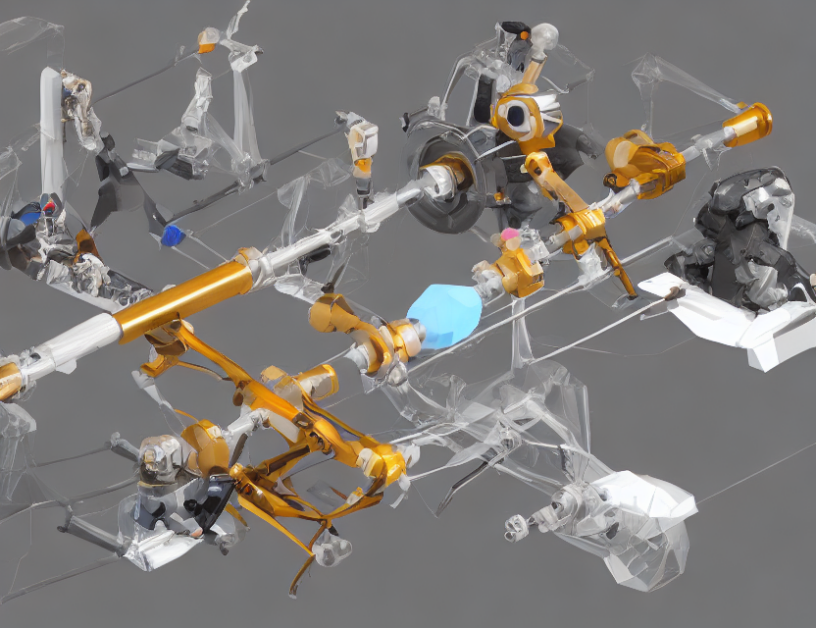Interactive physical reasoning is the ability to understand and manipulate objects in the real world, much like how humans play pinball or other physical games. Despite advancements in artificial intelligence, algorithms are still far from matching human proficiency in this area. In this survey, we will explore the current state of interactive physical reasoning, its challenges, and potential solutions.
Challenges
- Generalization: One major challenge is the ability to generalize learned concepts to new situations. Humans can easily adapt to different environments and objects, while algorithms struggle with this (Grenander, 1993; Fodor et al., 1988).
- Real-time Reasoning: Interactive physical reasoning requires fast and accurate decision-making, which is difficult for current algorithms (Lake et al., 2015; Zhu et al., 2007).
- Insufficient Data: Training data is often limited or biased, making it challenging to develop algorithms that can handle complex situations (George et al., 2017).
Solutions
- Generative Models: Generative vision models that train with high data efficiency and break text-based captchas have shown promising results (Rohit et al., 2023).
- Forward Prediction: Using forward prediction for physical reasoning can help improve performance (Girdhar et al., 2020).
- World Models: Developing world models that simulate the dynamics of a game or situation can aid in improving interactive physical reasoning (David & Jürgen, 2018).
Conclusion: Interactive physical reasoning is an essential aspect of human intelligence, and while AI has made significant progress, there are still many challenges to overcome. By exploring potential solutions and developing new algorithms, we can bridge the gap between human and machine interaction in the physical world.



